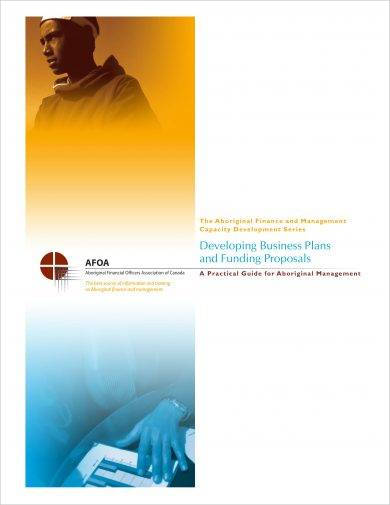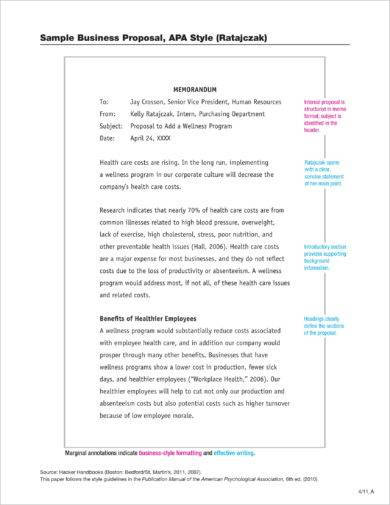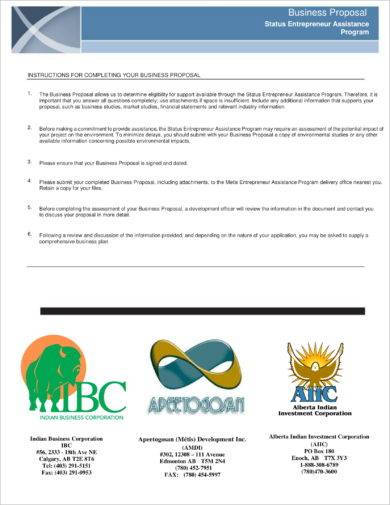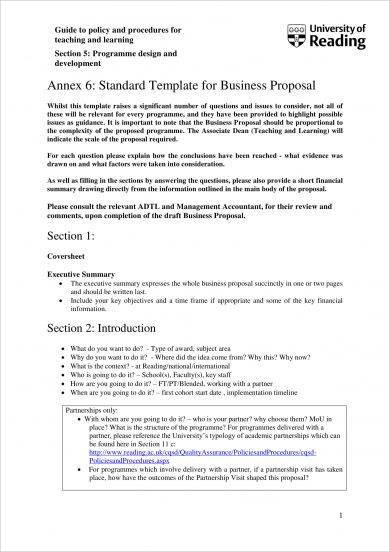20+ Professional Business Proposal Examples to Download
Every business was built to solve a problem. But for this problem to be addressed, entrepreneurs must gain the trust (and wallet) of a potential client or investor. This is where a general business proposal comes to play.
Every problem-solving venture begins with a meaningful pitch. Given the amount of time, funds, and resources needed to transform an idea into a reality, writing a professional business proposal is something that you must master in order to win the hearts of prospects. It’s a competitive world out there, so leaving a lasting impression with a good proposal is every entrepreneur’s magic wand.
Small Business Proposal Template
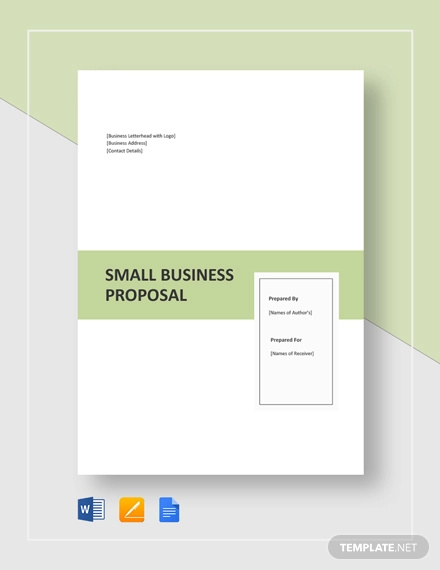
IT Business Proposal Template
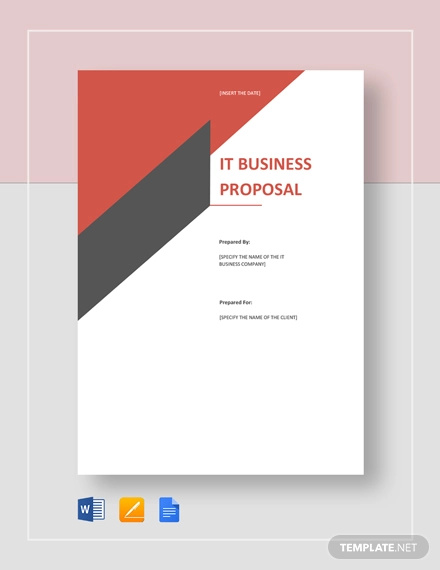
Small Business Investment Proposal

Business Analysis Proposal
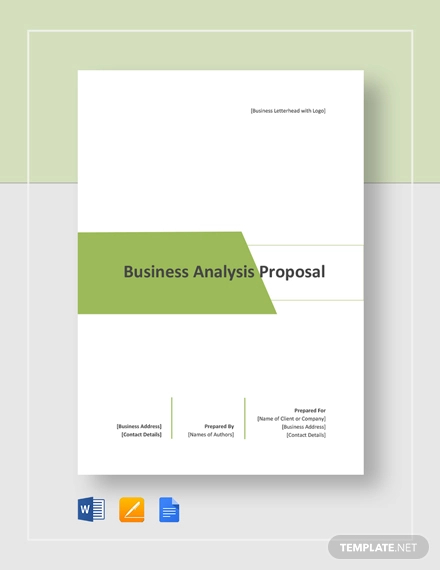
Cleaning Business Proposal
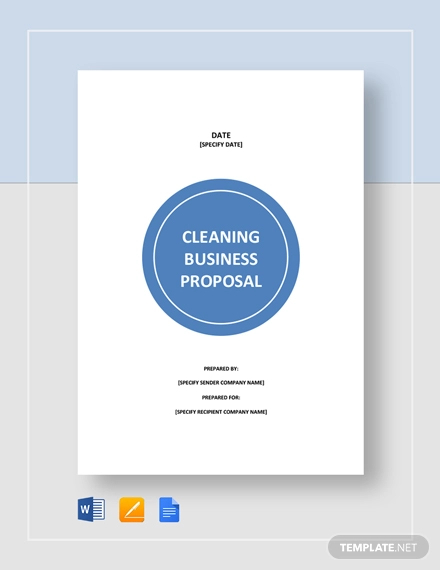
Music Business Proposal
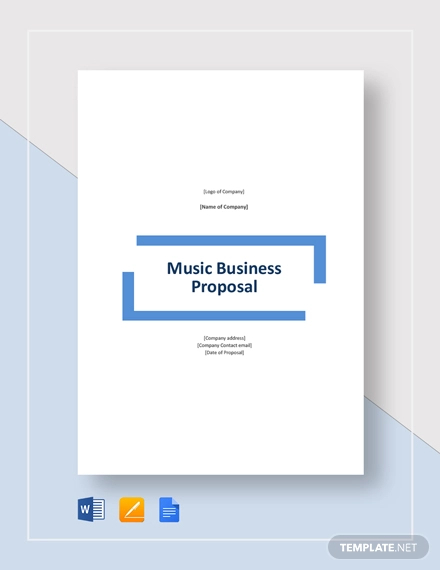
Retail Business Proposal Template
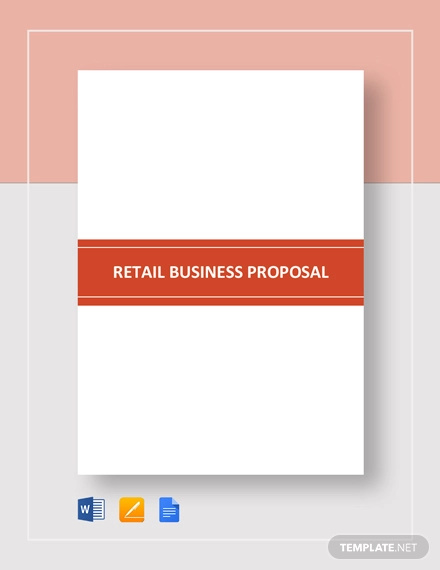
What Is a Business Proposal?
A business proposal is one of the most critical documents every aspiring business owner needs to write. This is typically submitted to a potential client or investor to land a particular job.
Some business proposals are designed for start-up companies to generate capital, while others are created for collaboration opportunities with other businesses in the industry. If anything, general proposals play a huge role in your company’s future, considering how it represents the organization, your team, your expertise, and your reputation.
Do you really think a one-page Word doc that shows nothing more than a fee table is an accurate portrayal of who you are?
Business proposals are a valuable proposition on paper. They describe what a company can bring to the table, what they can do to solve another company’s problem, how they plan to solve this issue, along with the fine print of how the problem will be solved. You may also like service proposal examples.
Professional Business Proposal Example
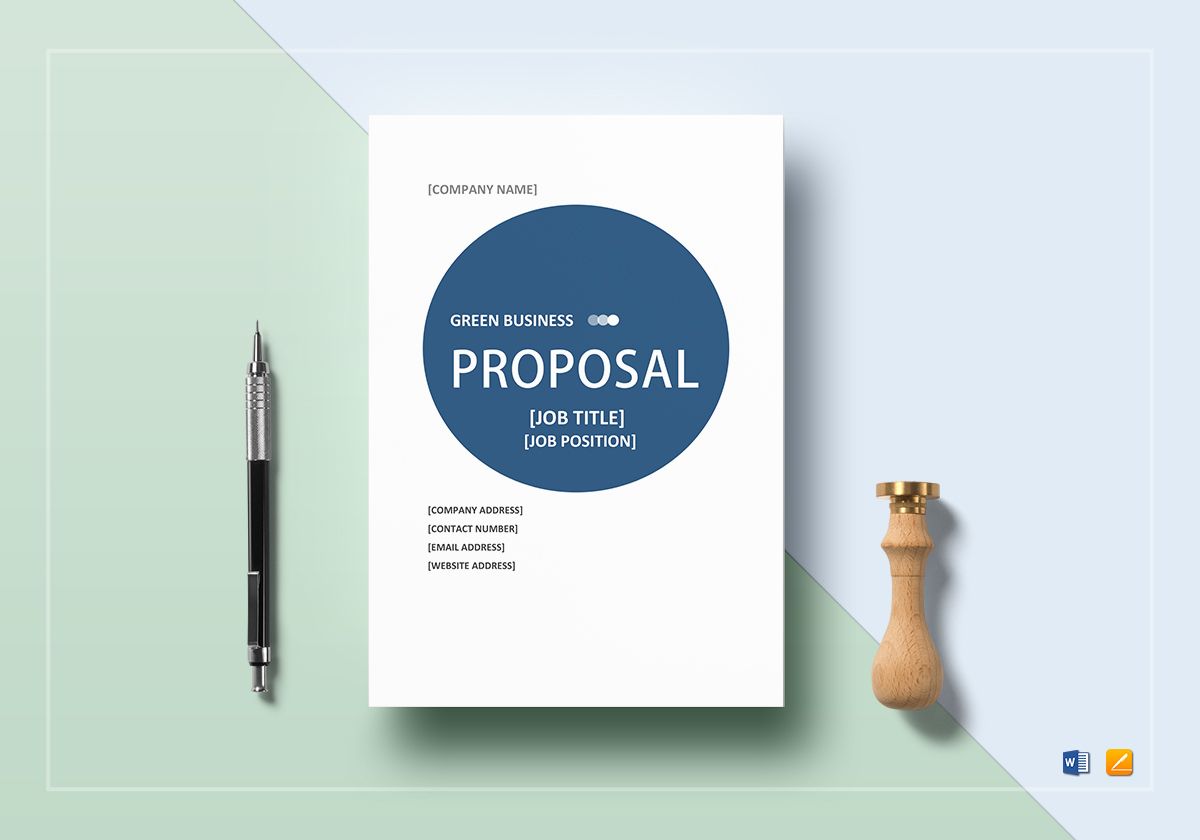
Professional Business Proposal Template

Professional Investor Business Proposal Example
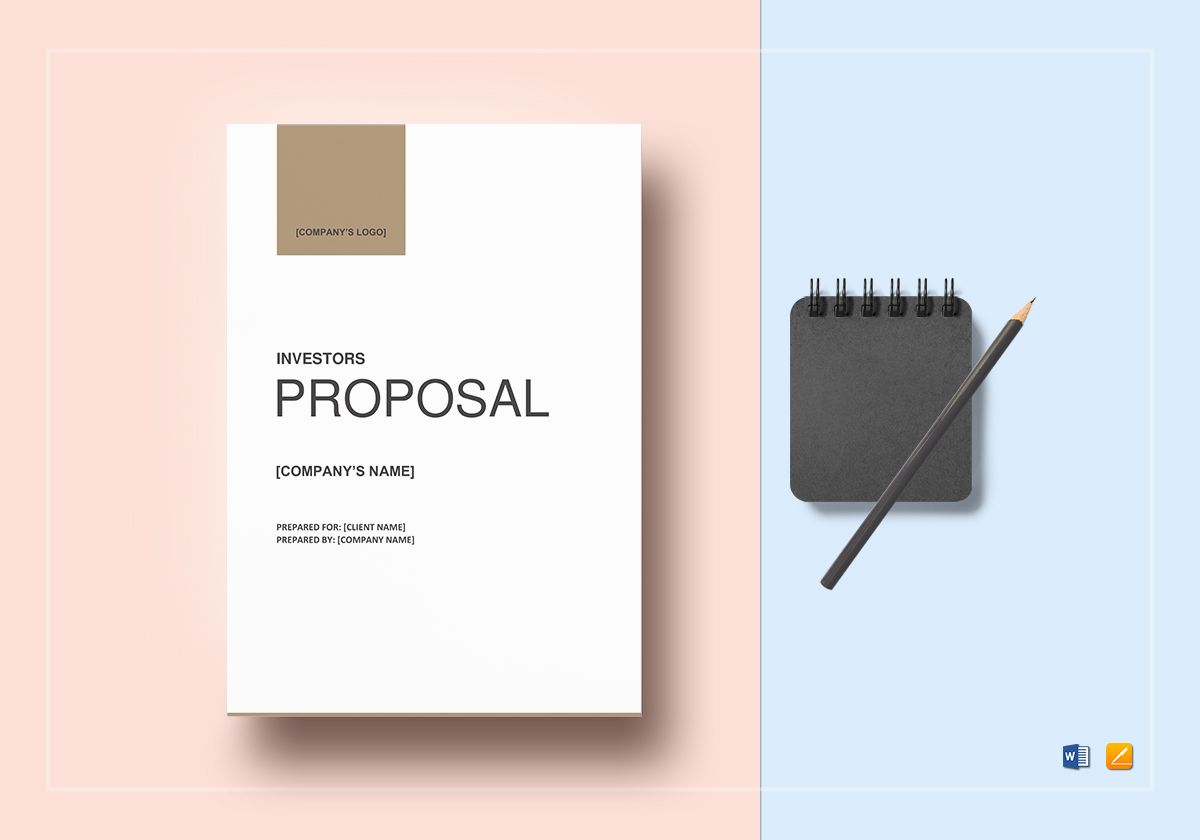
Professional Service Business Proposal Example
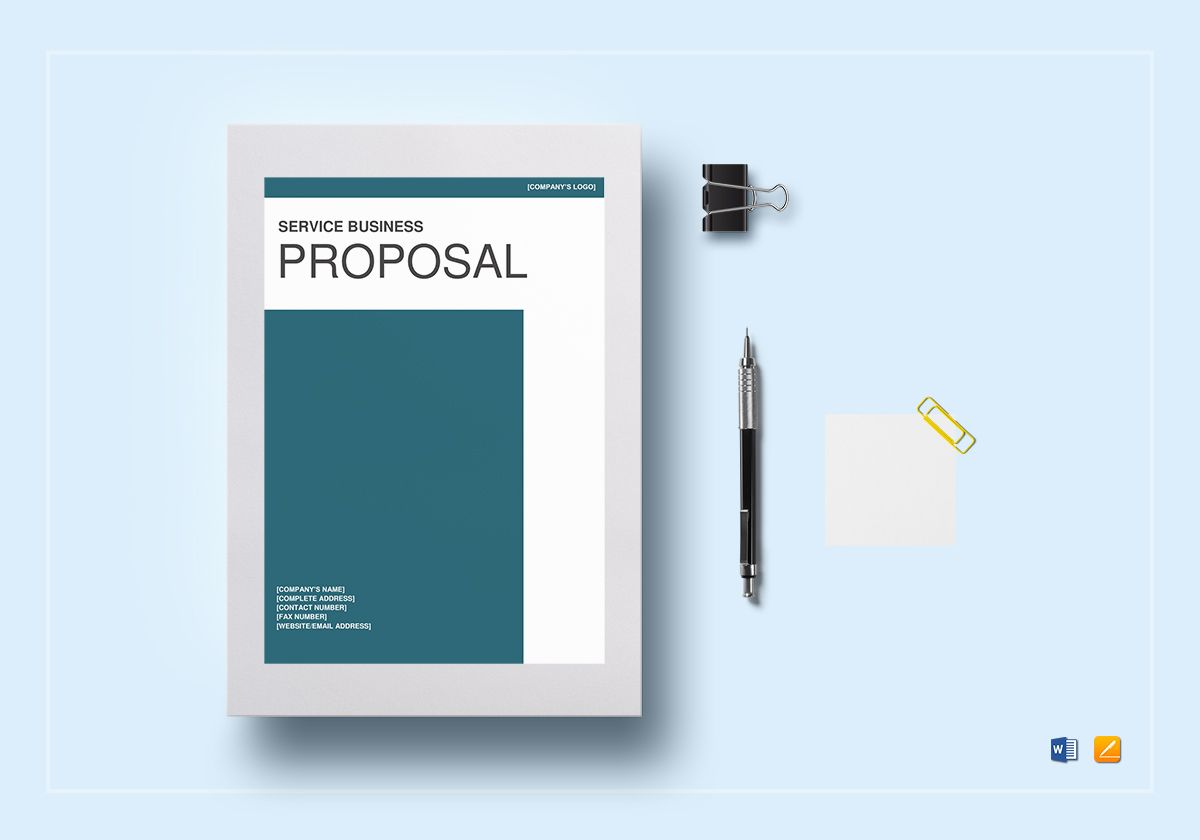
There are two general types of proposals: the solicited business proposal and the unsolicited proposal.
Solicited proposals are more specific to the needs of the entity receiving the proposal. This is because they are made at the request of a client, or submitted in response to an advertisement published for that very purpose. Solicited business proposals, also known as a Request for Proposal (RFP), tend to have a higher win rate as well. Though competing for the job might seem like a risky task to take, the likelihood of getting the job is still something you wouldn’t want to pass up.
Unsolicited proposals, on the other hand, are given to potential clients even though they did not request for one. While it may seem like a waste of time and effort to invest on, these kinds of simple proposals are how many entrepreneurs gain new business. Here, proponents need to locate a missing element or problem in a business and make a pitch to solve it. It won’t be easy, but being the one to push through with it can lead to many more opportunities.
These days, entrepreneurs find themselves spending hours on end submitting stacks of proposals to different clients who might be interested in what they have to offer, but to no avail. There are many reasons as to why a client may have declined this offer, and sometimes, it could be about how the basic proposal was written. But you also have to realize that proposals can also be quite subjective, as not everyone will see your proposal from the same perspective.
New Business Proposal Template
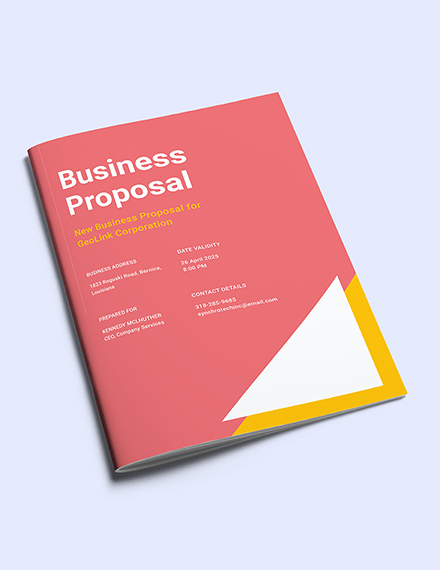
Free Real Estate Business Proposal Example

Free Small Business Proposal Template
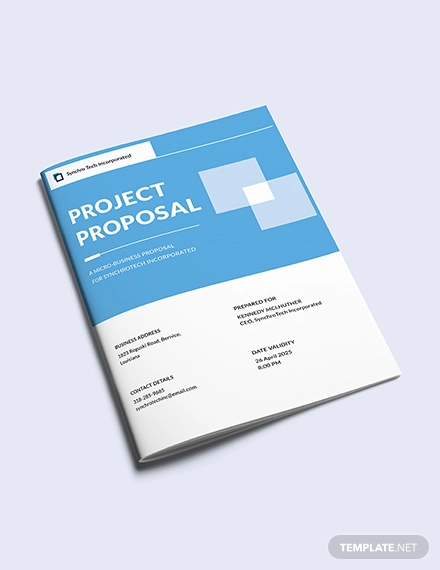
Business Investment Proposal Template

5 Reasons Why You Need a Business Proposal
Learning how to write a business proposal is the first step to building your own empire.
Running a business in a competitive industry comes with heavy demands, and sitting around while waiting for something good to happen won’t do you any favors. It’s important to branch out to new markets, widen your reach, invest on promising opportunities, and take a chance every now and then to see your business thrive. You may also see research proposal examples.
Ultimately, creating a business proposal can help you with everything from securing funds to increasing sales.
That being said, here are five reasons why writing a business proposal is best for your company:
1. To make realistic plans and projections
There’s no harm in being ambitious and goal-oriented, especially when it gives you the drive to push forward. But even then, you shouldn’t let this cloud your mind from making rational decisions.
When starting a business, you need to be as realistic as possible. Many start-ups with promising endeavors have failed early on due to the weight of the operating expenses that go beyond funding and revenue. Writing a business proposal enables you to research on these risks and challenges even before a business plan has been implemented. This way, you can determine how your company will respond to these events when they occur.
2. To secure funding
Raising capital is the initial step for any business. Without these funds, a strong business concept would be nothing more than a wasted dream.
One of the primary goals of a business proposal is to attract investors and secure outside funding. This will also help you demonstrate how investing in your business could benefit clients, what makes your ideas unique, and why consumers would want to buy from you. You need to show investors how competent you are in order to receive a cash flow that will help keep things running.
3. To provide the business with direction and structure
Although you may have an idea of where you want your business to go, establishing it on paper creates a structure to guide your business in the right direction.
A flexible business plan and good cash management are just some of the ingredients to success. Writing a business proposal will help you make important (and reasonable) decisions on how the business would operate. This allows you to monitor your company’s performance and make the necessary adjustments as you continue to move forward.
4. To identify the company’s strengths and weaknesses
Starting a business also means looking deep into not only your strengths but your weaknesses as well. Studying your proposed business objectively offers you insights on the different factors that may affect the business along the way. Carrying out a SWOT analysis is one of the best ways to identify these factors, including those you didn’t even consider at first.
While there may be a handful of external factors that go beyond your control, instead of trying to change them, you can adapt to these opportunities and threats with ease.
5. To put everyone on the same page
It’s important to keep everyone, from board members to low-level employees, on board with your general plans. This means letting them understand your goals, values, and strategies in a better light. Having varying ideas on the vision and mission of the business will only confuse your staff, making it difficult for them to see their purpose in the company’s existence.
With a business proposal, you can spell out who you are, how the business should run, and what professional goals should be achieved to prevent any misunderstandings. This paints a clearer picture of where the company is and where it wants to be for employees to be inspired to perform desirably.
Professional Business Plan and Funding Proposal Example
Professional Business Proposal Example
Professional Business Proposal for Students Example
How to Write a Good Business Proposal
How you write a proposal builds the gap between success and failure, whether you’re working as a freelancer or have a company of your own. It’s a useful communication tool that allows you to connect with potential clients, giving them a reason to even consider doing business with you.
It’s safe to say that putting a little more effort into your proposal will be beneficial for everyone involved.
Proposal Structure
Now that you’ve decided to write the proposal, where do you start?
Starting a professional proposal is an overwhelming step in the process, mostly because people feel clueless about where to begin and how. This is why it’s best to break down the task into smaller, more manageable chunks for you to work on. This makes it easier to concentrate on every detail from each section, giving you enough time to perfect a part of your proposal before moving on to the next.
1. Cover Page
This is the first thing a sales lead will see, so leaving a good impression is not an option. It should contain basic information about the standard proposal, such as the name of the project, the project reference number (if any), the name of the client to whom you’re submitting, the name and contact info of your company, and the date the proposal was submitted.
2. Executive Summary
A professional business proposal must have an executive summary which outlines the vital parts of your document. Since many prospects tend to focus on this page before reading the rest of the proposal, it needs to be focused and persuasive enough to keep the reader engaged. It’s also a good idea to keep this section as brief and concise as possible.
3. Solution
Describe the approach your team plans to use in order to address the client’s needs. You need to be specific with your approach, along with the essential procedures involved. Even if you are using a project proposal template to write this, you still need to tailor its content according to what your client expects.
4. Project Deliverables
Specify what your client can expect to receive from the proposal. It’s important to provide a detailed description for every deliverable to fill them in on the scope of each service. The better goal here is to maintain transparency to avoid misunderstandings in the near future.
5. Project Milestones
This refers to the different phases necessary to complete a project. This should demonstrate the proposed time period for each task to be fulfilled, who is responsible for what, and what will be accomplished after each milestone has passed. You may also like implementation proposal examples.
6. Budget
The is usually the trickiest part of the sample proposal, as this often has the potential of breaking a deal. Not only do you have to worry about building trust with your new client, but you also have to get them to open up about their real budget, convince them the price is worth the delivery, all while trying to make it profitable.
7. About Us
Explain to clients who you are as a company, why you exist, what you do, what you specialize in, along with what your selling proposition is. This is the best way to establish credibility for prospects to trust you and what you’re capable of. You may also check out software project proposal examples.
8. Case Studies
Case studies and testimonials from previous clients will help you prove your abilities to potential investors. Consider it as a vital selling tool that will set you apart from competing businesses.
Professional Business Proposal Guidelines Example
Professional Business Proposal Template
Professional Real Estate Business Proposal Example
Things to Remember…
1. Do your research.
Study the client. Possessing sufficient knowledge about your client will help you develop a good pitch. This is also a great way to build an emotional connection with that client, allowing them to feel secure about hiring you in the first place. You might be interested in short proposal examples.
After all, how can you meet the needs of your clients if you don’t even know what they want for their business?
2. Power up on the bragging rights.
Out of all the applicants hoping to strike a deal with a given client, why you?
Give your prospects a reason to work with you. You can start by listing your past accomplishments and outstanding results from similar projects. This should be enough to grab a person’s attention.
3. Prove why you’re perfect for the job.
Along with your business idea, you need to explain how the plan will go about. The secret here is to address the needs of a client as if you’re speaking to them directly. You need to show the client that you truly care about them by providing insight regarding your own analysis on the problem. You may also see engineering project proposal examples.
4. Include a call to action.
Perhaps you think that writing a business proposal is a call to action in itself, but that’s not exactly the case. You need to make your desire to take the conversation even further apparent by indicating a CTA. For instance, this may be to shorten a sales cycle by requesting for an e-signature to initiate the project. A clear and bold statement will compel the client to bring you to the next phase of the process. You may also like fundraising proposal examples.
Writing a professional business proposal is arguably the most challenging part of the endeavor, and it can be easy to get stuck in thinking what to say, and how you could say it. It’s important to take the time and make each one of your proposals unique and specific to whom you are submitting it to.
Each client is different, so you need to make sure that your business proposal focuses on the needs of a client and what you could offer them.



